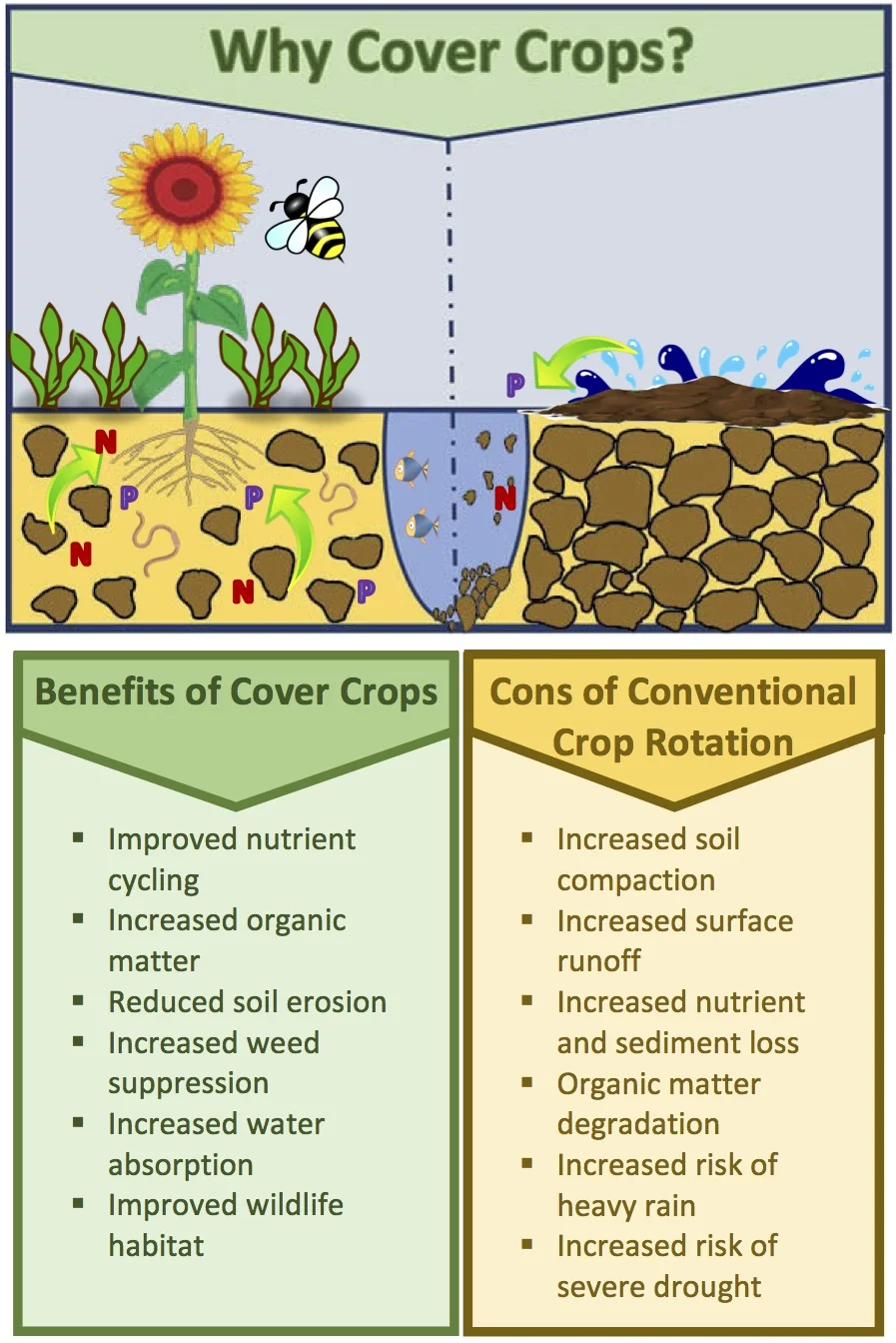Keep an eye on the sky! Cover crops are taking flight (literally) as pilots show their skill and give our soils a boost
As part of their long-term strategic plan, Ashland Soil and Water Conservation District (SWCD) has prioritized growing cover crop adoption and use throughout the county, helping farmers across the county reap the benefits of cover crops.
That’s why Ashland SWCD is bringing aerial seeding to Ashland County farmers for the seventh year in a row. Partnering with Fisher Crop Care out of Mount Vernon, Ohio ensures the planes can cover the field, get the crops where they like to be (with the soil!), and ready for another load in no time.
As the weather becomes more unpredictable and the planting windows get more restrictive, more farmers look to pilots to ensure their fields don’t miss out on the protective benefits of cover crops. With aerial seeding, farmers know their crops will be in on time, and the tug-of-war game between scheduling, weather, and the planting window is over. Farmers win, the crops are in, and the soil is protected!
Cover crops reduce erosion and serve as a natural filter to nutrients in the ground. Otherwise the soil gets diminished from the resources the crops need. Nutrients such as phosphorus, calcium, potassium, and especially nitrogen are introduced back to the soil from incorporating cover crops into the farming routine.
As an additional bonus, cover crops can increase soil’s water-holding capacity as the structure of the soil becomes healthier and less compacted in between growing seasons. These benefits keep farms productive year after year; helping care for soil that can otherwise become drained if not replenished and protected. Plus, a combination of two or more types of cover crops may be extra beneficial and introduce different nutrients back into the soil.
Another advantage of aerial seeding is the turnaround rate between the cash crop and cover crop. More acres can be covered in a shorter time meaning means the soil is more protected and the likelihood of running out of time is greatly reduced. Aerial application also allows seeding to occur when ground equipment would not be physically able to plant. Seeds can be dropped, even with crops present and when the ground is too wet for ground equipment; this eliminates problems with time windows.
Since aerial seeding can be riskier than drilling or broadcast, it is important that the soil conditions are right and weather conditions allow ample germination. The surface soil should be moist and allow the seed to settle into the soil; loose soil or cracks in the soil also allow for this to occur. A flat, dry surface with no way for the seed to enter the soil is not good conditions to seed aerially. This method is most prominent in areas with more soil moisture near the later summer to fall time. 1/2 to 1 inch of soil needs to be consistently moist for the seeds to germinate the best. Although still restrictive with weather and soil conditions, aerially still has more versatility compared to on ground planting.
This year Ashland SWCD’s aerial seeding program offers many different cover crop options to choose from. Rye is a popular option offered alongside mixes like oats, barley, and combinations. With many selections priced per acre, there is bound to me a seeding mix right for almost any farm.
Applying for aerial cover crop seeding is easy. Just choose your seeding mix, gather your field maps, and submit your information to our office by the August 15 deadline. All seeding rates meet Natural Resources Conservation Service standards, and participants with approved acres in the Muskingum Watershed Conservancy District’s cover crop cost-share program can have their cost share rate deducted directly from their aerial seeding bill.
Aerial applications are currently being accepted. For more information on the program, contact Brennen Hart at 419-685-6934 or by email brennenhart@ashlandswcd.com.




